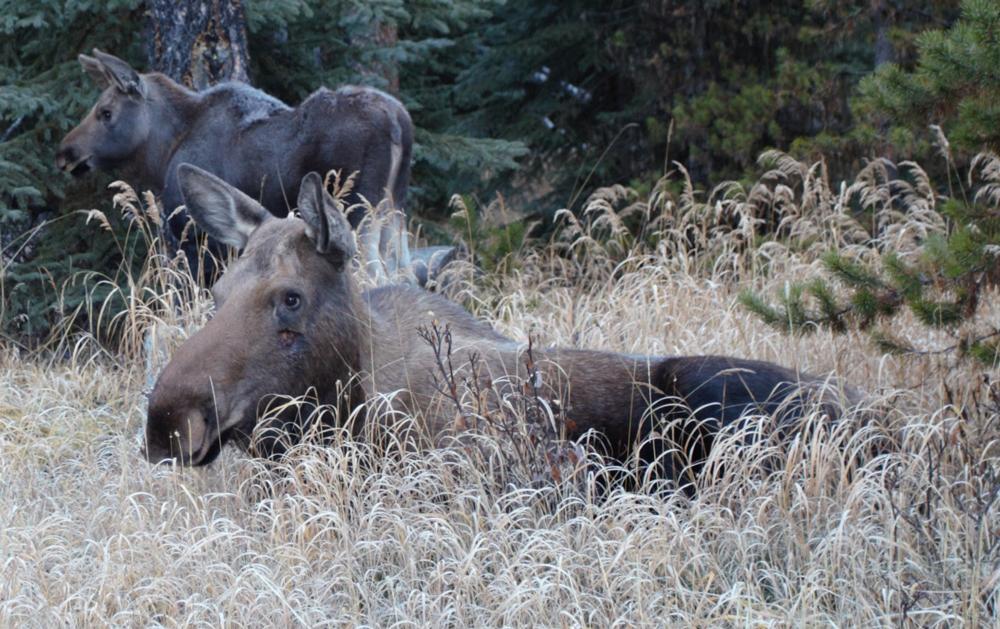Protecting precious populations: Researchers unveil a refined approach to moose pregnancy diagnosis
May 18, 2023

Photo credit: Seth Moore
A recent study led by Dr. Tiffany Wolf, an assistant professor in the Department of Veterinary Population Medicine at the CVM, and her collaborator Dr. Seth Moore, Director of Biology and Environment at the Grand Portage Band of Lake Superior Ojibwe, established an updated approach to using progesterone levels to diagnose pregnancy in moose. The method provides an accurate way to determine pregnancy without physically examining the moose or monitoring their calves, saving time and resources for wildlife managers and sparing the animals distress.
Moose populations in Minnesota and across North America have been declining in recent years, which threatens the food security and cultural practices of various Indigenous tribes. The Anishinaabeg (people) of the Grand Portage Band of Lake Superior Ojibwe, for example, hold moose in high regard as a vital source of food and cultural connection—both historically and currently. Using data from a long-term collaboration between the Grand Portage Band of Lake Superior Ojibwe and the University of Minnesota, this research was part of a larger, yearslong research program to study and manage the moose population to ensure it remains a vital resource for the community.
Effectively determining whether animals are pregnant helps wildlife managers understand population health and growth. However, it's difficult to decipher whether a wild animal is pregnant. In moose, researchers have long diagnosed pregnancy by either feeling for the calf in utero through rectal palpation or ultrasound, examining the moose after death, observing the moose with its calf, or observing certain behaviors before giving birth. These methods can be invasive, expensive, and inaccurate, however.
Taking a blood sample is a regular part of handling animals, and researchers have previously measured the level of progesterone, a hormone associated with pregnancy, to determine pregnancy. Previously, moose biologists have relied on a threshold of 2 ng/ml of progesterone in the blood serum to indicate pregnancy, but that threshold had not yet been rigorously investigated until this recent study.
This team of scientists studied moose in Minnesota from 2010 to 2020 and found that a threshold of 1.115 ng/ml had a high level of accuracy. The team applied their new proposed threshold to calculate the yearly pregnancy rates for 133 female moose captured in Grand Portage from 2010 to 2021. The scientists noticed that applying the new threshold of 1.115 ng/ml, rather than the previous standard of 2 ng/ml, brought the average pregnancy rate up from 81% to 91%. With the old threshold, eight moose with confirmed calves were mistakenly classified as not pregnant.
“This finding is valuable for two reasons,” Moore says. “First, we now have a much higher level of accuracy for determining pregnancy in our moose population. And second, we are able to identify the collared moose that are pregnant which can help in our research on calf survival and recruitment into the moose population. As we restore moose in Minnesota, new applications of our research will make us more effective.”
“We knew the previous 2ng/ml threshold was inaccurate based on the fact that some moose with progesterone below that level delivered healthy calves,” says Wolf. “This new threshold gives us greater confidence in pregnancy diagnosis using a blood sample. But this is validated for our Minnesota moose population, and it would be great to see this method more widely applied to establish accurate thresholds for other wildlife populations.”
Read the full study in Conservation Physiology.


